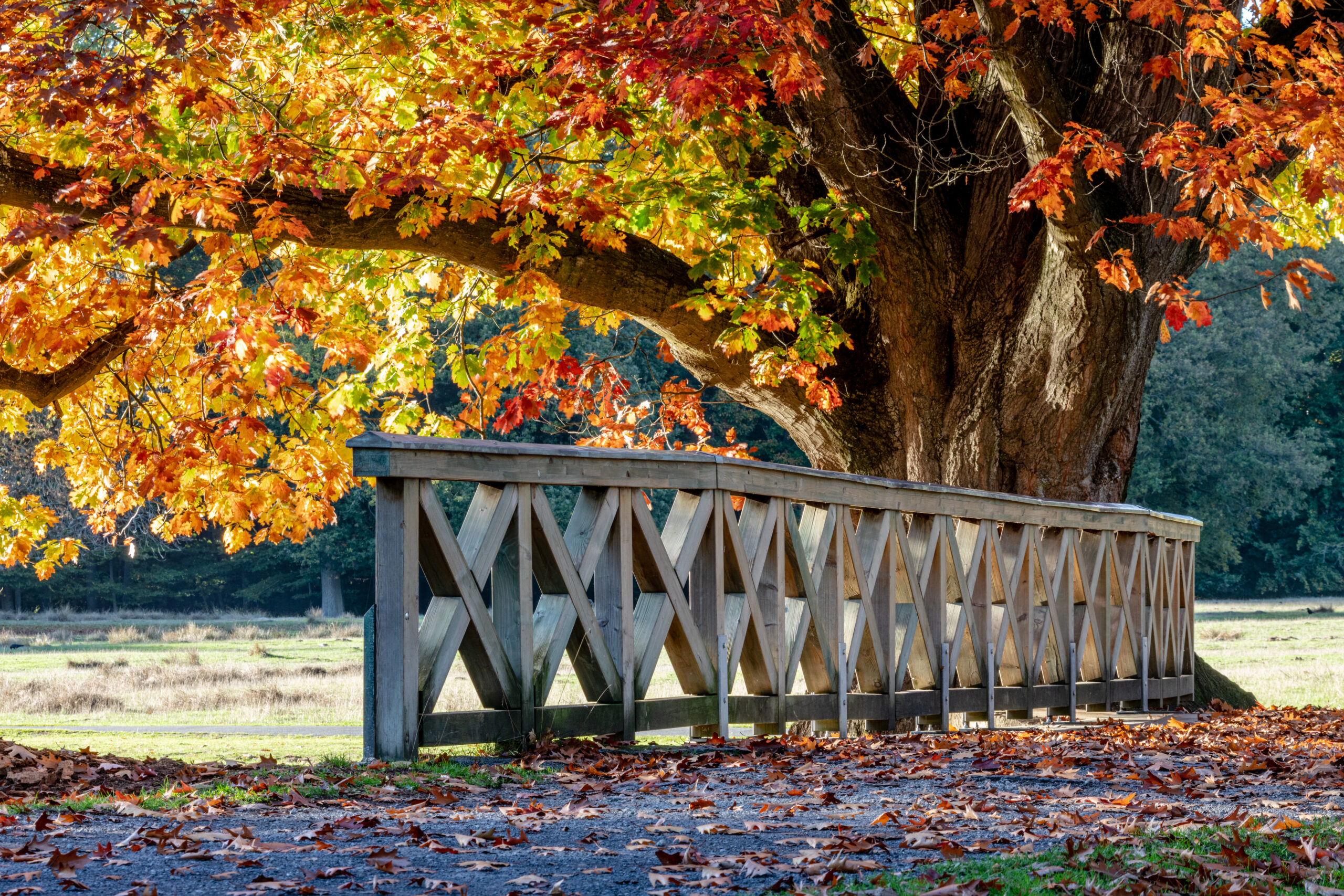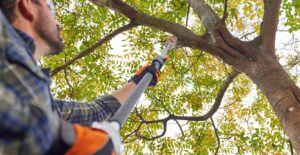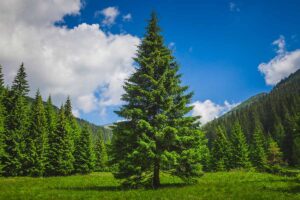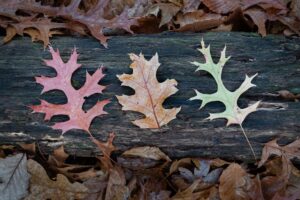Evergreen Trees in the USA
Evergreen trees are an integral part of the United States’ diverse ecosystem. Unlike deciduous trees, which shed their leaves in the fall, evergreen trees maintain their foliage throughout the year, providing a consistent green presence in the landscape. These trees are not only aesthetically pleasing but also serve crucial ecological roles, including habitat for wildlife, carbon sequestration, and soil stabilization.
In the United States, evergreen trees can be found in a variety of environments, from coastal regions to mountainous areas. They are classified into two main groups: conifers, which produce cones, and broadleaf evergreens, which have wider leaves. The most common evergreen trees in the U.S. belong to the conifer family, which includes pines, spruces, and firs.
Evergreen trees are renowned for their durability and adaptability. They can thrive in various soil types and climates, making them suitable for planting in a wide range of landscapes. In addition to their beauty, many evergreens are also valued for their wood, which is used in construction, furniture-making, and other industries.
These trees provide year-round benefits, including privacy screens, windbreaks, and shade. They are popular choices for landscaping due to their low maintenance and resilience against environmental stressors. Furthermore, evergreens play a vital role in supporting wildlife by offering shelter and food sources for birds and small mammals.
As you consider adding evergreens to your landscape, it’s essential to understand the different species available and their specific growth requirements. Some evergreens thrive in wet conditions, while others prefer drier environments. Understanding these needs will help ensure successful growth and maintenance.
Here’s a look at some of the top evergreen trees found across the United States, along with their estimated populations:
| Evergreen Tree Name | Estimated Number in the USA |
|---|---|
| Eastern White Pine | 750 million |
| Loblolly Pine | 200 million |
| Douglas Fir | 125 million |
| Ponderosa Pine | 120 million |
| Red Pine | 75 million |
| Western Hemlock | 70 million |
| Eastern Red Cedar | 65 million |
| Southern Yellow Pine | 60 million |
| Engelmann Spruce | 50 million |
| Norway Spruce | 45 million |
| Sugar Pine | 40 million |
| Shortleaf Pine | 30 million |
| Longleaf Pine | 28 million |
| Sitka Spruce | 25 million |
| Black Hills Spruce | 20 million |
| Atlantic White Cedar | 18 million |
| California Redwood | 15 million |
| Giant Sequoia | 12 million |
| Colorado Blue Spruce | 10 million |
| Leyland Cypress | 9 million |
| Pacific Northwest Pine | 8 million |
These figures highlight the significant populations of various evergreen species, emphasizing their importance in both natural and urban environments. By understanding the types and numbers of evergreen trees in the U.S., you can make informed choices for your landscaping and conservation efforts, contributing to a healthier environment and preserving the beauty of our natural landscapes.
Certainly! Below is a comprehensive overview of five significant evergreen tree species found in the United States, along with their identification, average height, average age, and where to find them.
1. Eastern White Pine (Pinus strobus)
Identification:
The Eastern White Pine is one of the tallest trees in eastern North America. It has long, slender needles that are typically grouped in bundles of five, measuring 3 to 5 inches in length. The tree’s bark is smooth and gray when young but becomes darker and furrowed with age. Cones are cylindrical and 4 to 8 inches long, with a distinctive resinous scent.

Average Height:
The Eastern White Pine can reach heights of 50 to 80 feet, with some specimens growing up to 150 feet in optimal conditions.
Average Age:
These trees can live for 200 to 400 years, with some even surpassing this age in undisturbed forests.
Where to Find:
Eastern White Pines are native to the northeastern United States and parts of Canada. They thrive in well-drained soils and can be found in forested areas, parks, and even as landscape trees in residential areas. You can find them in states like New York, Pennsylvania, and New England.
2. Loblolly Pine (Pinus taeda)
Identification:
Loblolly Pines are easily recognizable by their straight trunks and tall, slender shape. They have dark green needles that grow in bundles of three and can reach lengths of 6 to 10 inches. The bark is thick and scaly, typically reddish-brown to gray. Cones are oval-shaped, about 3 to 6 inches long, and are often found clustered on the branches.

Average Height:
Loblolly Pines typically grow to heights of 60 to 100 feet, with some reaching heights over 100 feet in favorable conditions.
Average Age:
These trees generally have a lifespan of 100 to 200 years, although they are often harvested before reaching their full age for timber production.
Where to Find:
Loblolly Pines are predominantly found in the southeastern United States, thriving in wet, lowland areas and upland sites. They are commonly planted in forests, timber plantations, and as ornamental trees. States such as North Carolina, South Carolina, Georgia, and Alabama are ideal locations to find Loblolly Pines.
3. Douglas Fir (Pseudotsuga menziesii)
Identification:
The Douglas Fir is known for its distinctive, soft needles that are flat and about 1 to 1.5 inches long, arranged spirally on the branch. The cones are unique, with a bell-shaped appearance and three-pronged bracts that resemble a mouse’s feet. The bark is thick and furrowed, with a reddish-brown color.
Average Height:
Douglas Firs can reach heights of 70 to 100 feet, with exceptional specimens growing over 300 feet in the Pacific Northwest.
Average Age:
These trees can live for 500 to 1,000 years, making them some of the longest-living tree species.
Where to Find:
Douglas Firs are native to the western United States, particularly in the Pacific Northwest. They thrive in moist, well-drained soils and are commonly found in national parks, forests, and mountainous regions of states like Washington, Oregon, and California.
4. Ponderosa Pine (Pinus ponderosa)
Identification:
Ponderosa Pines are easily identified by their tall, straight trunks and long needles that grow in clusters of three. The bark is thick and orange-brown, with a characteristic “puzzle piece” appearance, which deepens in color as the tree matures. Cones are elongated, typically measuring 3 to 6 inches in length.
Average Height:
These trees usually grow between 60 to 200 feet tall, depending on environmental conditions.
Average Age:
Ponderosa Pines can live for 200 to 300 years, with some individuals reaching ages of over 600 years.
Where to Find:
Ponderosa Pines are found across the western United States, particularly in mountainous regions and plateaus. They thrive in dry, sandy soils and can be seen in forests, national parks, and as ornamental trees in urban settings. Common states to find Ponderosa Pines include Colorado, Wyoming, and Montana.
5. Red Pine (Pinus resinosa)
Identification:
Red Pines are characterized by their long, slender needles that grow in pairs and are about 4 to 6 inches long. The bark is distinctive, with a reddish-brown color and scaly plates. Cones are small and cylindrical, generally about 2 to 3 inches in length.
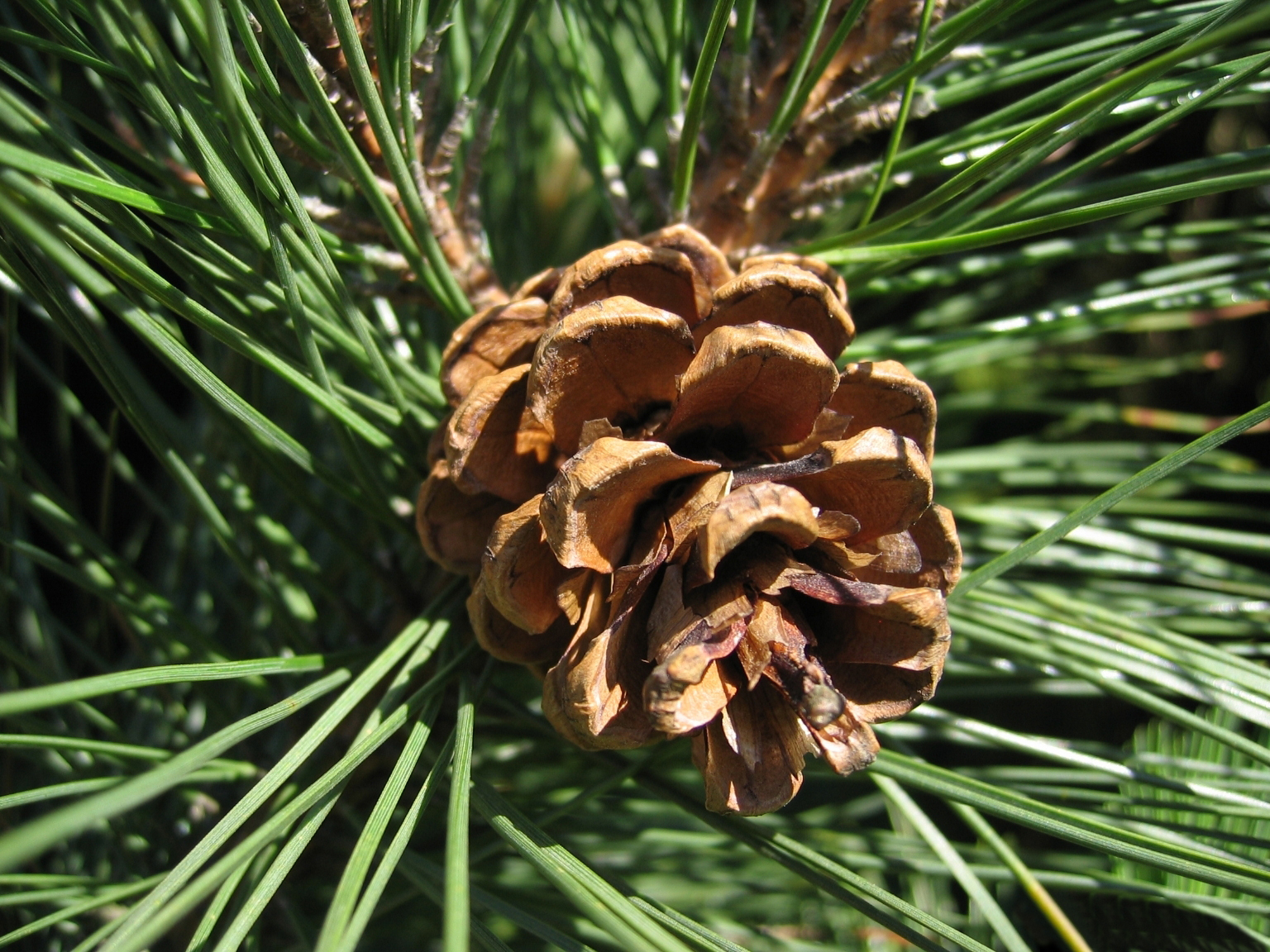
Average Height:
Red Pines typically reach heights of 50 to 80 feet, with some trees growing taller under ideal conditions.
Average Age:
These trees usually have a lifespan of 100 to 200 years, although some specimens may live longer in undisturbed environments.
Where to Find:
Red Pines are native to the northeastern and north-central United States. They thrive in sandy, well-drained soils and are often found in mixed forests, parks, and as reforestation species. You can find them in states such as Minnesota, Wisconsin, and Michigan.
Here are five more notable evergreen tree species found in the United States, including their identification, average height, average age, and where to find them.
6. Sugar Pine (Pinus lambertiana)
Identification:
The Sugar Pine is one of the tallest pine species and is easily identified by its long, slender needles that can grow up to 12 inches in length. The tree has a straight trunk with a relatively smooth bark that is grayish-brown. Its cones are very large, typically measuring between 10 to 20 inches long, and hang down from the branches.

Average Height:
Sugar Pines can reach impressive heights of 150 to 250 feet, making them the tallest pine species in North America.
Average Age:
These trees can live for 300 to 500 years, with some individuals exceeding this age under ideal conditions.
Where to Find:
Sugar Pines are primarily found in the western United States, particularly in California, Oregon, and Nevada. They thrive in mountainous regions and well-drained soils, often found in mixed conifer forests.
7. Western Red Cedar (Thuja plicata)
Identification:
The Western Red Cedar is recognized for its flat, scale-like leaves that are green to yellow-green and aromatic. The bark is thin and stringy, often peeling in long strips, and has a reddish-brown color. The cones are small, about 1 inch long, and produce small, winged seeds.
Average Height:
These trees can grow to heights of 50 to 200 feet, depending on the growing conditions.
Average Age:
Western Red Cedars can live for 500 to 1,000 years, making them one of the longest-living tree species.
Where to Find:
Western Red Cedars are native to the Pacific Northwest, found in moist, cool environments. They thrive in coastal areas and can be found in Washington, Oregon, and British Columbia.
8. Eastern Hemlock (Tsuga canadensis)
Identification:
The Eastern Hemlock is identified by its short, flat needles that are dark green on top and lighter green underneath. The bark is thick and furrowed, with a grayish-brown color. Cones are small, measuring about 1 inch long, and hang down from the branches.

Average Height:
Eastern Hemlocks typically reach heights of 40 to 100 feet.
Average Age:
These trees can live for 300 to 500 years, especially in undisturbed forests.
Where to Find:
Eastern Hemlocks are native to the eastern United States and Canada, thriving in cool, moist environments. They are commonly found in forests in states like Pennsylvania, New York, and Michigan.
9. Coast Redwood (Sequoia sempervirens)
Identification:
The Coast Redwood is famous for its height and can be identified by its needle-like leaves that are flat and green on top with a white stripe underneath. The bark is thick, fibrous, and reddish-brown, with a unique texture. Cones are small, typically measuring about 1 to 2 inches in length.

Average Height:
Coast Redwoods can reach heights of 200 to 350 feet, making them the tallest trees in the world.
Average Age:
These trees can live for over 2,000 years, with some specimens thought to be among the oldest living trees.
Where to Find:
Coast Redwoods are native to the coastal regions of Northern California and Southern Oregon. They thrive in moist, foggy environments and are commonly found in state and national parks, such as the Redwood National and State Parks.
10. Noble Fir (Abies procera)
Identification:
The Noble Fir is characterized by its flat needles, which are bluish-green and can be up to 1.5 inches long. The bark is smooth and gray when young but becomes rough and deeply furrowed with age. Its cones are large and cylindrical, measuring 3 to 6 inches long, and they often grow upright on the branches.

Average Height:
Noble Firs typically grow to heights of 100 to 200 feet, with some individuals reaching even greater heights.
Average Age:
These trees can live for 300 to 600 years, thriving in mountainous regions.
Where to Find:
Noble Firs are native to the Pacific Northwest, primarily found in Oregon and Washington. They thrive in mountainous areas and are often found in national forests and parks.
Here are five more notable evergreen tree species found in the United States, detailing their identification, average height, average age, and where to find them.
